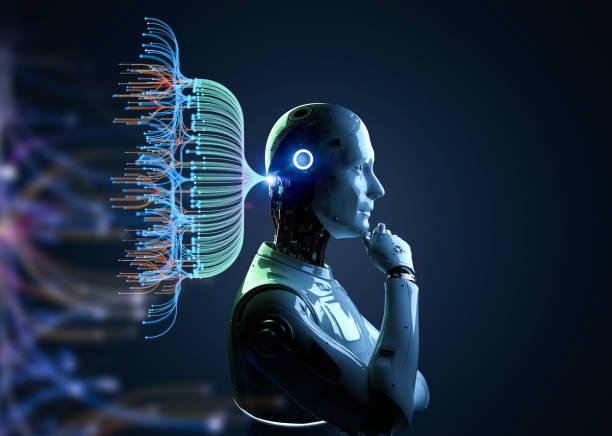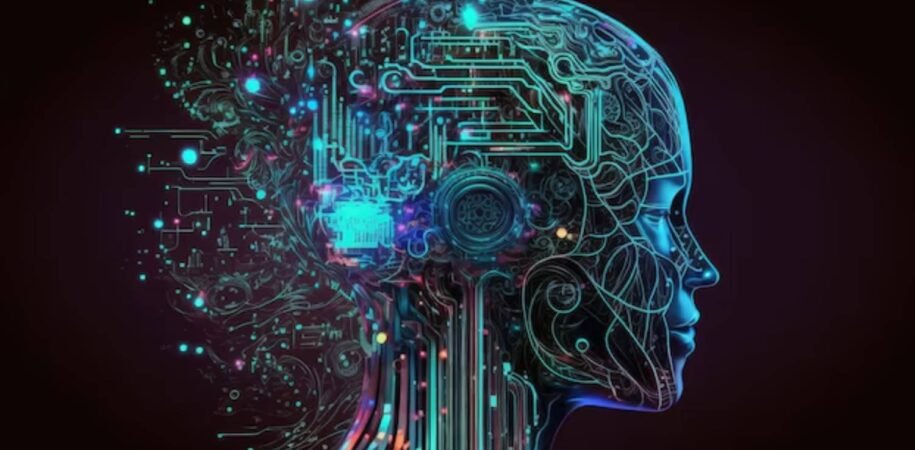In the rapidly evolving landscape of artificial intelligence, Deep Learning stands out as a pivotal force driving innovation across various sectors. As we navigate through 2025, deep learning continues to revolutionize industries, from healthcare and finance to transportation and entertainment. This blog delves into the core concepts of deep learning, its applications, emerging trends, and the challenges it presents, providing a comprehensive overview for enthusiasts and professionals alike.
Understanding Deep Learning
Deep Learning is a subset of Machine Learning that utilizes artificial neural networks with multiple layers (hence “deep”) to model complex patterns in data. These neural networks mimic the human brain’s structure and function, enabling machines to process data, recognize patterns, and make decisions with minimal human intervention.
Key Components of Deep Learning
-
Artificial Neural Networks (ANNs): Computational models inspired by the human brain, consisting of interconnected nodes (neurons) that process data.
-
Convolutional Neural Networks (CNNs): Specialized ANNs primarily used for image and video recognition tasks.
-
Recurrent Neural Networks (RNNs): Designed for sequential data processing, such as time series analysis and natural language processing.
-
Generative Adversarial Networks (GANs): Comprise two neural networks (generator and discriminator) that work together to generate new, synthetic data resembling real data.
Applications of Deep Learning in 2025
Deep learning’s versatility has led to its integration across various domains:TV Tech+8marketbrew.ai+8Lifewire+8
1. Healthcare
Deep learning algorithms analyze medical images, predict disease outbreaks, and assist in drug discovery. For instance, neural networks can detect anomalies in radiology scans with high accuracy, aiding early diagnosis.Medium
2. Finance
Financial institutions leverage deep learning for fraud detection, algorithmic trading, and risk assessment. By analyzing vast datasets, these models identify patterns indicative of fraudulent activities or market trends.
3. Autonomous Vehicles
Self-driving cars utilize deep learning for object detection, path planning, and decision-making processes, ensuring safe and efficient navigation.
4. Natural Language Processing (NLP)
Deep learning enhances NLP applications like chatbots, language translation, and sentiment analysis, enabling more natural and accurate human-computer interactions.
5. Entertainment and Media
From personalized content recommendations to deepfake technology, deep learning transforms how content is created and consumed.

Emerging Trends in Deep Learning
As deep learning continues to evolve, several trends are shaping its future:
1. Explainable AI (XAI)
The push for transparency in AI decisions has led to the development of models that provide insights into their decision-making processes, fostering trust and accountability.
2. Edge Computing Integration
Deploying deep learning models on edge devices reduces latency and enhances real-time data processing, crucial for applications like autonomous vehicles and IoT devices.
3. Federated Learning
This approach allows models to be trained across multiple decentralized devices or servers, enhancing data privacy and security.
4. Transfer Learning
Utilizing pre-trained models on new tasks reduces training time and resources, accelerating the development of AI applications.
5. Synthetic Data Generation
To overcome data scarcity, synthetic data is generated to train models, especially in scenarios where real data is limited or sensitive.Investors.com
Challenges in Deep Learning
Despite its advancements, deep learning faces several challenges:
-
Data Requirements: Training deep learning models often requires large, high-quality datasets, which may not always be available.
-
Computational Resources: Deep learning models demand significant computational power, leading to high energy consumption and costs.
-
Overfitting: Models may perform well on training data but poorly on unseen data, necessitating techniques like regularization and cross-validation.
-
Interpretability: Complex models can act as “black boxes,” making it difficult to understand their internal workings and decisions.



